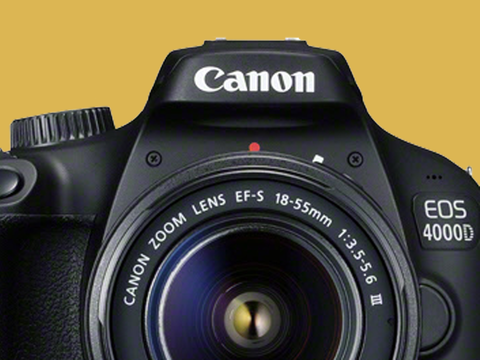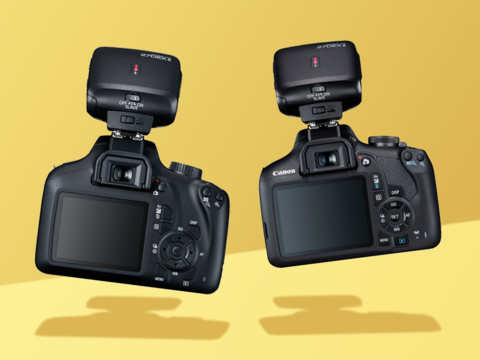5 things you need to know about Canon’s two new beginner-friendly DSLRs
DSLRs don't get much more entry-level than Canon's new siblings...

5 things you need to know about Canon’s two new beginner-friendly DSLRs
Canon’s new 2000D and the even cheaper 4000D might not be sleek, innovative objects of desire – but they are shaping up to be solid workhorses for beginners who want to learn the art of interchangeable lenses and manual DSLR controls. Here’s your five-minute guide to the most entry-level members of Canon’s EOS team…

1) THEY’RE CANON’S SIMPLEST AND CHEAPEST DSLRS
Canon wants the 2000D and 4000D to be your gateway drug into its world of EOS lenses and DSLRs. This means they pack some slightly underwhelming if still beginner-friendly tech. The 4000D combines an 18MP sensor with a Digic 4+ processor – a combination that could be found back in 2009 in the EOS 7D. The 2000D, meanwhile, replaces Canon’s previous entry-level DSLR from 2016, the 1300D. It at least upgrades the sensor, with a 24MP APS-C number.

2) THEY HAVE TEMPTING PRICE TAGS
You’ll be able to pick up a 2000D for £470 with an EF-S 18-55mm IS lens. Meanwhile, the 4000D, which sits below the 2000D as Canon’s cheapest DSLR, comes in at £370 with the same EF-S 18-55mm lens that came with the 1300D. Granted, that isn’t a lot for a DSLR and kit lens, but it’s worth bearing in mind that some older but more capable models can be found for only about £100 more.

3) YOU MIGHT STRUGGLE TO TELL THEM APART
The 4000D is effectively a slightly more budget version of its already-quite-budget brother. Apart from different processors, the main differences are cosmetic: the 4000D has kept its price down by printing button labels on the camera body itself rather than the buttons, keeping a fixed dioptre correction on the viewfinder (which means glasses-wearers can’t tweak the focus), and using a plastic lens mount.

4) THEY’RE CONNECTED, BUT DON’T HAVE TOUCHSCREENS
Looking to upgrade from your smartphone to something that’ll teach you manual photography tricks? Canon is targeting you with these two models, which means it’s added Wi-Fi to both for transferring your snaps to your phone. Unlike the 4000D, the 2000D also has NFC, which means that tapping your phone on it should see you taken straight into Canon’s Camera Connect app.

5) YOU SHOULD PROBABLY WAIT FOR OUR VERDICT
Though both of Canon’s new DSLRs fall into ‘impulse buy’ territory, you’re not exactly short of options in the £300-£500 bracket – so we’d suggest waiting for our reviews before snapping one up. We found the 2000D’s predecessor, the 1300D, had too many compromises compared to rivals like the Nikon D3300. Still, as a nursery slope for full-size DSLRs, Canon’s two fresh-faced models could still be fine options for beginners.


